Iran’s exports to Russia grow significantly despite sanctions Complimentary friendship
In light of global geopolitical turmoil caused by endless wars in Europe and the Middle East, some antagonist countries opted for forging or strengthening regional alliances to maintain the balance of power amid rising international condemnation and pressure.
As such, Russia and Iran significantly boosted bilateral ties in the military, economic, and agricultural fields in order to minimize losses due to international sanctions. From Tehran’s perspective, an informal alliance with Russia is ideologically and historically odd but strategically enticing.
Moscow’s interest in Tehran is a bit harder to explain. It starts with a range of common interests that are generally anti-U.S., opposed to democratic values, and wary of Sunni Muslim fundamentalism. Indeed, the modern Iran-Russia relationship initially grew from cooperation between their respective intelligence services looking to keep an eye on various Sunni fundamentalist groups in the Caucasus and Central Asia.
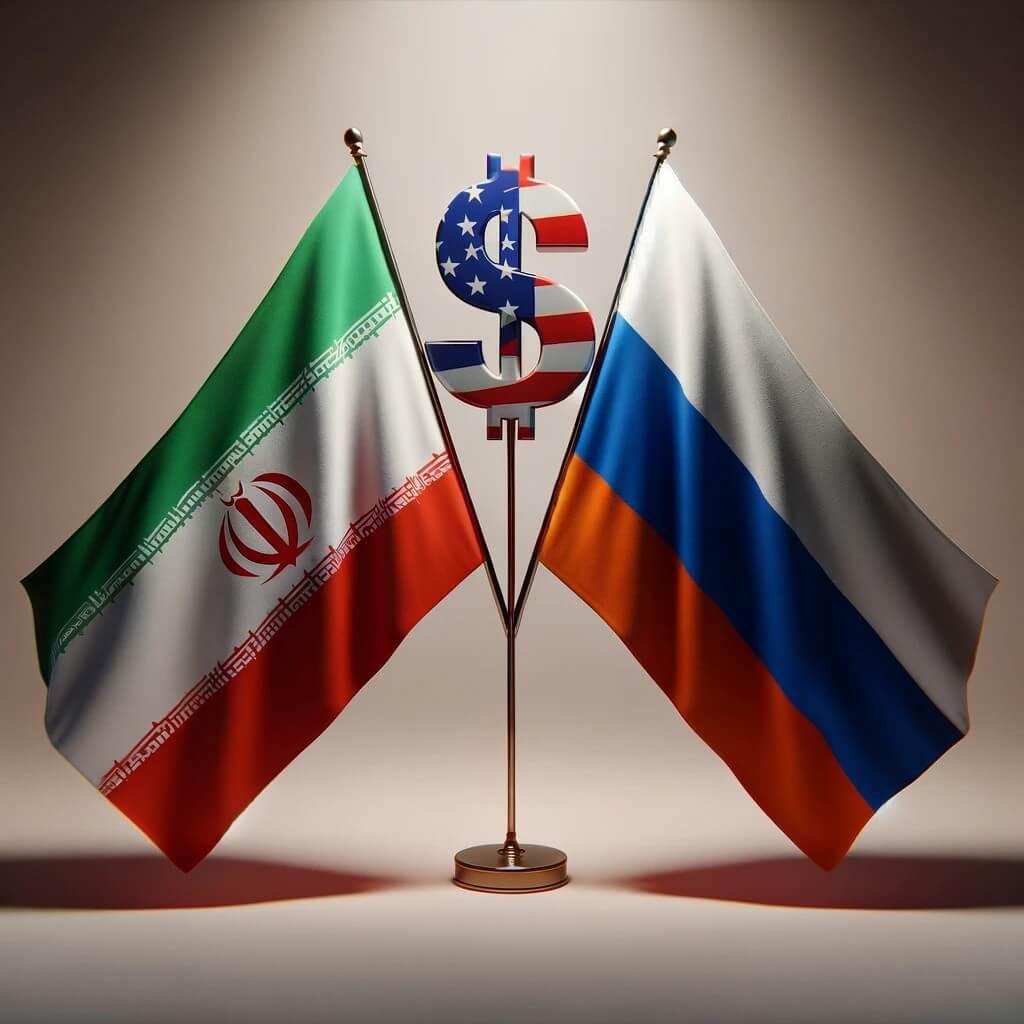
However, following additional sanctions on Iran in 2015, Tehran rekindled relations with Moscow to diversify the economy and ensure the flow of at least Russian investments in critical infrastructure projects. The economic ties deepened more since the inception of the Ukraine war in 2022 as Moscow and Tehran agreed to completely exclude payments in dollars from mutual trade.
In addition, in December 2023, Tehran and the Russian-led Eurasian Economic Union (EAEU) signed a free trade deal following Iranian President Ebrahim Raisi’s visit to Russia. According to statistics provided by Russian authorities, Iran's exports to Russia surpassed $2 billion in 2023.
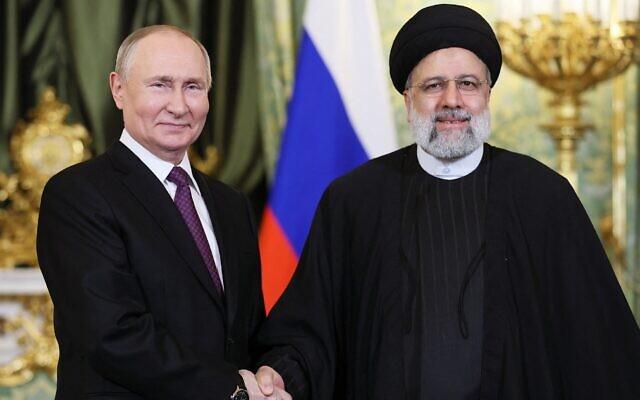
The agreement is significant, as it tightens ties between two Eurasian powers bent on reshaping the Western-led global order. In the same period, export volumes from Iran to Russia are estimated at $1.5-2 billion annually and can grow to $20-30 billion. According to governmental sources, Iranian exports to Russia in 2023 increased by almost 30 per cent.
Iran bought largely raw materials, including iron and steel, as well as agricultural cereals, such as wheat, from Russia. In turn, Russia imported mainly fruits and nuts. Iran and Russia were among the world’s top petroleum and natural gas producers–and rivals in the international market. Oil and gas sales formed the largest source of export revenue for both countries.
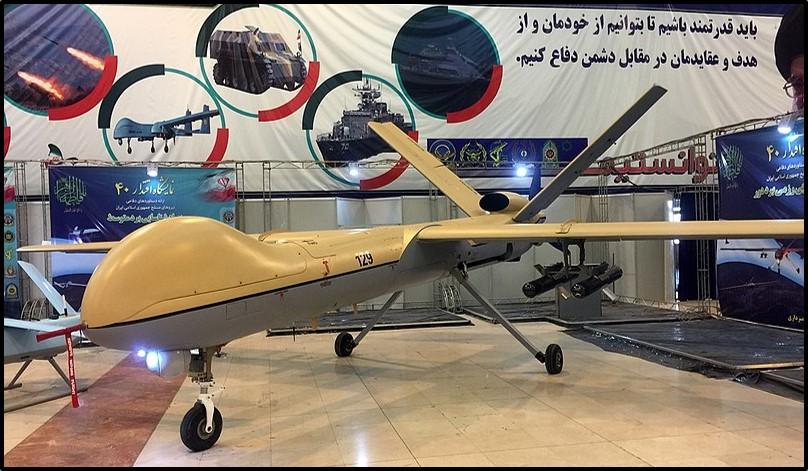
Despite intensive trade in energy, logistics, and agriculture, the most significant trade partnership between the two states occurred in 2022 with Russia's invasion of Ukraine. Both countries denied "defence exports" during this period and did not report the data. However, independent sources reported that Tehran exported more than 1,700 drones to Moscow in 2022 as it became Russia’s top military partner. In 2023, Tehran reportedly sought to expand military cooperation by purchasing Russian fighter jets, attack helicopters, radars, and combat trainer aircraft worth billions of dollars.
Despite the Western caution and pressure, there were no credible countervailing Western incentives to limit Russia’s ties to Iran. With the shifting regional dynamics in the Middle East, Iran has grown ever more aggressive and emboldened, mainly due to the US's shrinking influence and gradual withdrawal from the region. Tehran feels more confident that Russia will support it both diplomatically and, in some ways, militarily as it has in Syria, where Russia was motivated in part by increasing its regional influence and countering the US and Western allies.
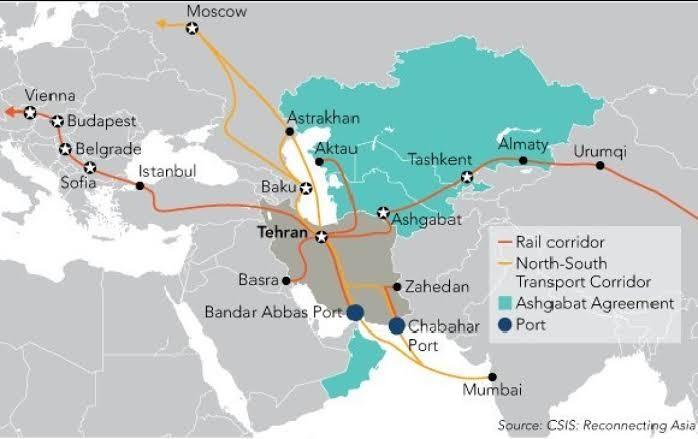
In an effort to stabilize the local market and boost trade, Iran and Russia put enormous efforts into making the International North-South Corridor route fully operational in 2024, though the critical railway connecting link in Iran and Russia is yet to be finalized. By 2030, the North-South Corridor may be able to ship 25 million tons of freight annually, which is equivalent to 70 per cent of all global container training in Europe, the Persian Gulf region, and South Asia.
Despite Moscow and Tehran's attempts to significantly increase bilateral trade, the defense industry will likely remain the core pillar of the Tehran-Moscow partnership. Emblematic of this swiftly developing partnership is news that the Islamic Republic has developed a new 900-mile-range attack drone for Russia to be used against Ukraine.
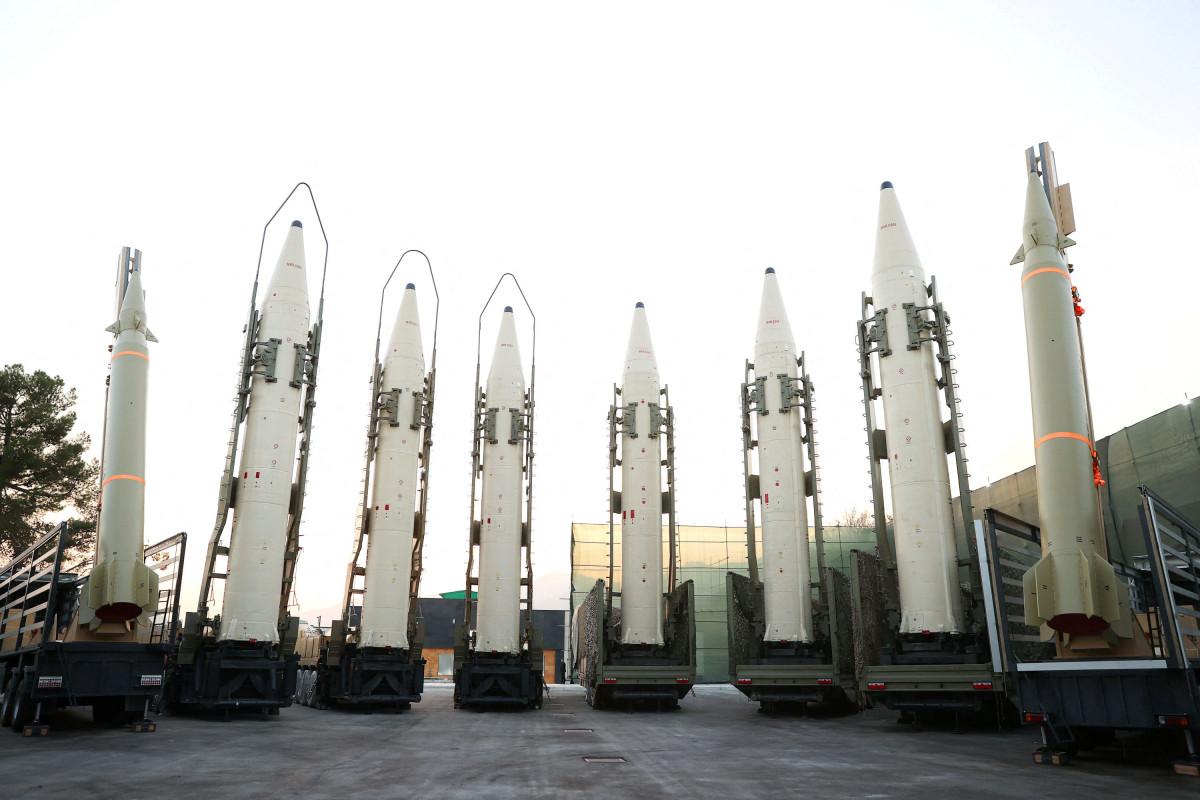
Moreover, very recently, Iran started exports of indigenously-made ballistic missiles to Russia despite international condemnation. The reported transfer of the powerful weapons is set to strengthen Putin's hand in Ukraine as the two-year mark of Russia's full-scale invasion of its neighbor nears. Earlier, Iran delivered at least 400 of its short-range Fateh-110 ballistic missiles to Russia in January 2024.
Consequently, Iran-Russia trade and partnership will grow significantly in 2024 despite the US pressure and mounting casualties in Ukraine and the Gaza Strip.








